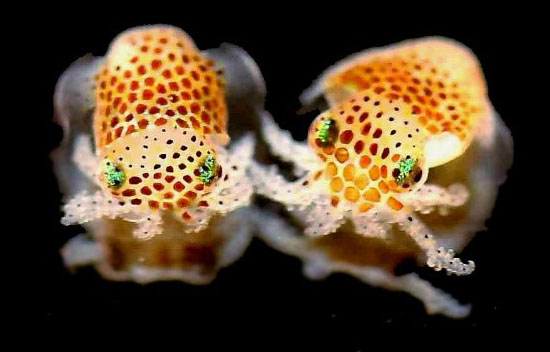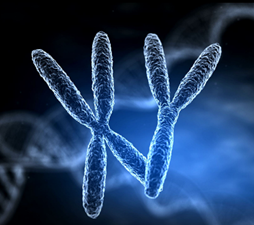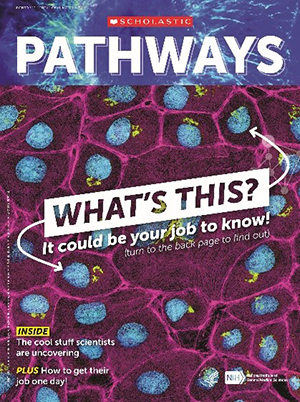Archived: Looking Back at the Top Three Posts of 2019
Over the past 12 months, we’ve explored a variety of topics in genetics, cell biology, chemistry, and careers in the biomedical sciences. As we ring in the new year, we bring you our top three posts of 2019. If your favorite is missing, let us know what it is in the comments section below!
Amazing Organisms and the Lessons They Can Teach Us
 Hawaiian bobtail squid. Credit: Dr. Satoshi Shibata.
Hawaiian bobtail squid. Credit: Dr. Satoshi Shibata.
Studying research organisms, such as those featured in this post, teaches us about ourselves. These amazing creatures, which have some traits similar to our own, may hold the key to preventing and treating an array of complex diseases.
Chromosomally speaking, what do you know about sex? Take a quiz to find out.
 Credit: iStock.
Credit: iStock.
Women have two X chromosomes (XX) and men have one X and one Y (XY), right? Not always. Men can be XX and women can be XY. And many other combinations of X and Y are possible.
Pathways: New Scholastic Resources on Basic Science and Career Paths

In March, we debuted Pathways, a collaboration between NIGMS and Scholastic, Inc. Pathways is a collection of free resources that teach students about basic science, its importance to health, and research careers that students can pursue.

